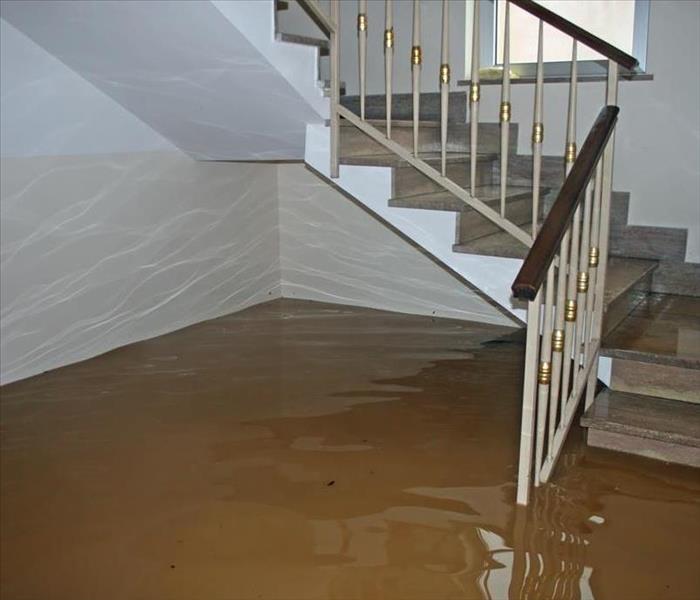How To Clean Valuable Items Damaged by Water in a Home
6/17/2022 (Permalink)
A broken pipe can cause a massive flood in your house that leads to thousands of dollars in damage. Yet fancy televisions and expensive cars are not always the most valuable items lost during a disaster.
Water can also harm treasured family heirlooms that are impossible to replace. Thankfully, with the help of water damage cleanup specialists, many of these items can be restored.
How To Salvage Items Damaged Due to Water in a Home
Even if you think the water in your West Valley City, UT, house is clean, it may be contaminated by unseen bacteria. You should thus wear the following whenever you touch the damaged items:
- Protective clothing
- Nitrile or vinyl gloves
- Respirator
- Goggles
Ideally, the remediation professionals will do most of the drying and dry cleaning. Here are some of the materials they can salvage.
Baskets
Twisting or wringing wet baskets could further damage them. Instead, the pros should get rid of the excess water by draining, blotting or rinsing the baskets. They should then put clean cotton sheets or paper towels inside the baskets. This should help the baskets maintain their shapes. The baskets should then be left to air dry.
Ceramics
Water in a home can cause pottery or ceramic materials to break. Do not attempt to glue them back together. Instead, place the broken items into labeled bags to keep everything organized. Once the pieces are dry, the restoration experts can decide the next steps.
Photos
Any wet photos need to be removed from their frames or plastic enclosures. To avoid further damaging the pictures, cut a slit in the enclosures so you can easily pull them away from the photos.
The restoration experts should take any pictures that are stuck together and place them in water. This should separate the photos. The pros will then either freeze- or air-dry the pictures.
Documents and Books
Important papers and documents can also be restored via freeze-drying. The restoration experts may have to rinse the materials first. The books should then be stacked spine-side down in strong containers. The containers will then be stored in a freezer that has a frost-free setting. Depending on the extent of the damage, the drying process could take weeks or months.
Art
Any pictures or art pieces behind a glass frame should be removed from the frame if possible. From there, the documents can be air-dried. If the item is stuck on the frame, keep it in the glass and turn it frame-side down to dry.
Paintings, meanwhile, should remain on the stretcher bars during the drying process. The pros should use distilled water and a clean sponge to remove any dirt or debris. As long as the paint is not flaking or cracking, the cleanup experts can blot the back of the paintings and then air dry them away from sunlight or heat. The paintings should instead be placed face-up on a surface that allows air to flow under the stretchers.
Even irreplaceable baskets, ceramics and photographs can be salvaged if they are harmed by water in a home. Emergency remediation specialists should help you enact the above strategies for restoring these items.






 24/7 Emergency Service
24/7 Emergency Service
